Sanchez Romero Carvajal Jabugo Bellota Shoulder Ham (70g)
Sánchez Romero Carvajal Paleta de Bellota 100% Ibérico
An outstanding shoulder ham from the masters at Sánchez Romero Carvajal. From the revered region of Jabugo, this premium acorn-fed ham offers a truly unforgettable taste experience, renowned for its rich aroma and melting texture.
Cured for a minimum of 24 months.
Protected Designation of Origin – JABUGO
€17.70
€252.86/Kg • (unit price based on net weight, not shipping weight)
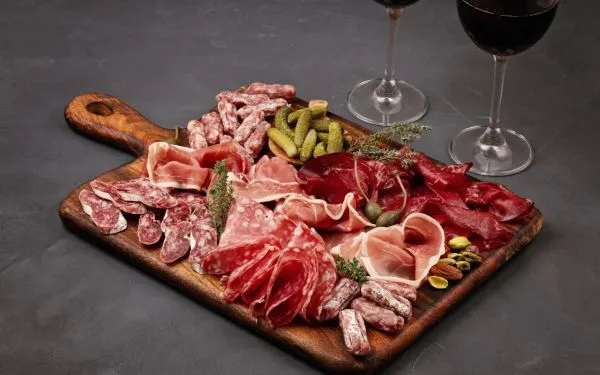
Sanchez Romero Carvajal Jabugo Bellota Shoulder Ham
Embark on a culinary journey with the extraordinary Sanchez Romero Carvajal shoulder ham (100% ibérico), a true masterpiece of Spanish gastronomy. Hailing from the historic heartland of Jabugo, in the Sierra de Aracena and Picos de Aroche Natural Park (a UNESCO Biosphere Reserve), this premium ham is a testament to centuries of artisanal tradition and unparalleled quality.
Sánchez Romero Carvajal has upheld a steadfast commitment to excellence for over 140 years. Their 100% Ibérico pigs roam freely in the vast dehesa pastures, feasting exclusively on acorns (bellotas) during the montanera season. This natural diet, combined with the ideal microclimate of Jabugo and a minimum curing period of over 36 months in their centenarian cellars, imbues the ham with its distinctive, complex flavour and unique marbling.
Each slice of this authentic Jabugo bellota shoulder ham offers a symphony of aromas and a meltingly tender texture that will captivate your senses. The bright, reddish-pink lean meat, beautifully infiltrated with the characteristic oily fat from the acorns, delivers a delicate, nutty, and subtly sweet taste with a long, satisfying finish. Recognised with the prestigious “Superior Taste Award,” this black-label (Brida Negra) certified ham represents the pinnacle of Ibérico production. It’s more than just ham; it’s an unforgettable experience of Spanish heritage and craftsmanship, wowing even the most discerning palates.
100% Iberian pork shoulder ham, sea salt, antioxidant E-301 (Sodium ascorbate), acidity regulator E-331 (iii) (Trisodium citrate), preservative E-252 (Potassium nitrate).
Gluten Free.
_
| Nutritional Information – per 100 grams | |
|---|---|
| Energy | 1577 Kj | 379 Kcal |
| Fats | 27g |
| of which are saturated | 10g |
| Carbohydrates | 0g |
| of which are sugars | 0g |
| Fibre | 0g |
| Proteins | 34g |
| Salt | 4.9g |
Keep refrigerated.
Typical shelf-life of 3 months in original packaging.
Always check package instructions when it arrives for specific information.
Vacuum packed.
Fecha de consumo preferente means best before date, and Fecha de caducidad means expiry date. Date formats on Spanish products are the same as in Ireland, i.e. dd/mm/yyyy.
All cured meats are best served at room temperature so remove from storage location at least 20 minutes before serving.
Produced by:
Sánchez Romero Carvajal Jabugo S.A.
Ctra San Juan del Puerto s/n,
21290 Jabugo
Huelva
Spain
| Weight | 0.1 kg |
|---|---|
| Net Weight | 70g |
Only logged in customers who have purchased this product may leave a review.
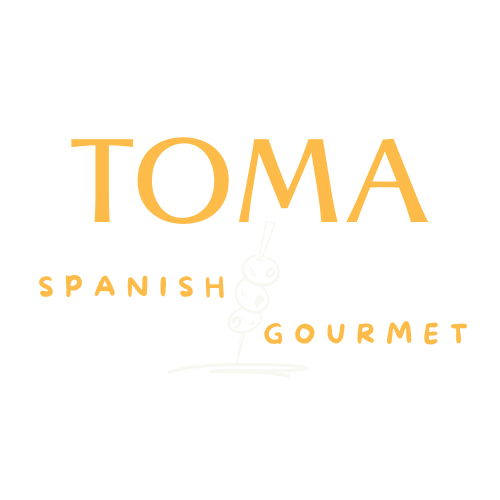
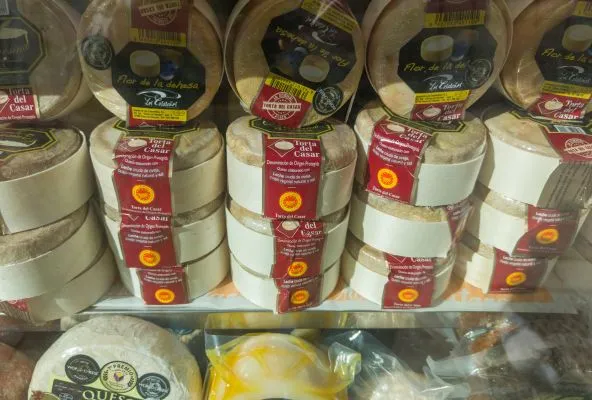
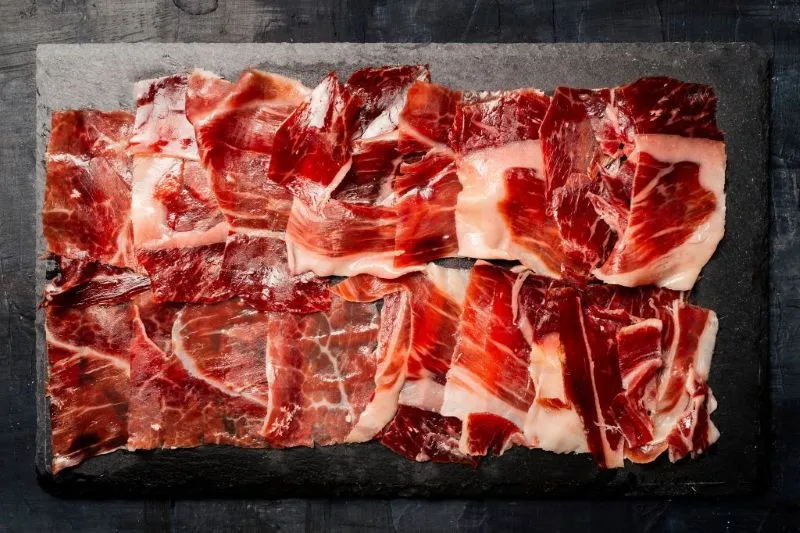

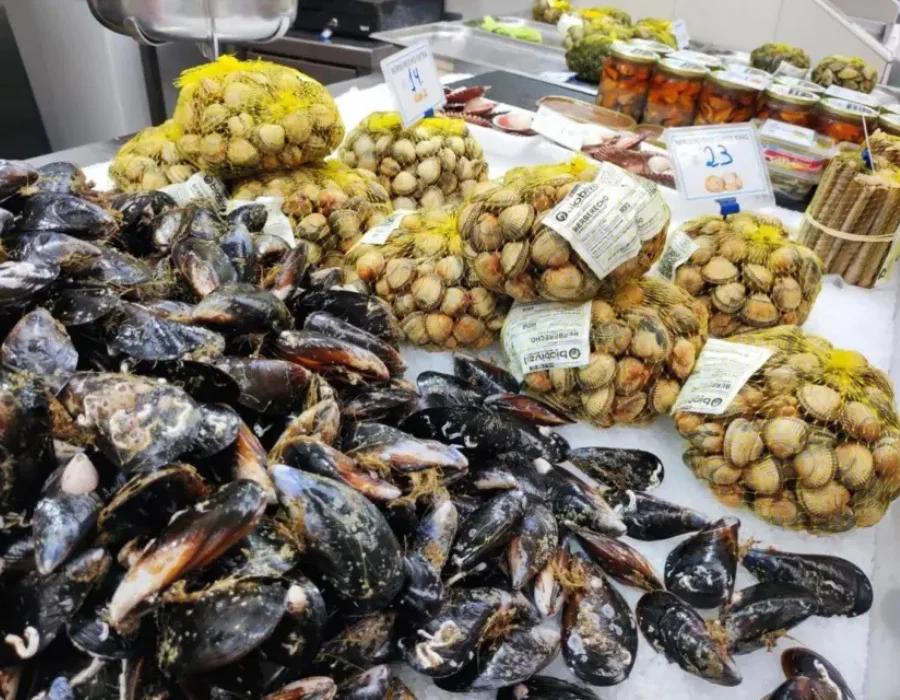
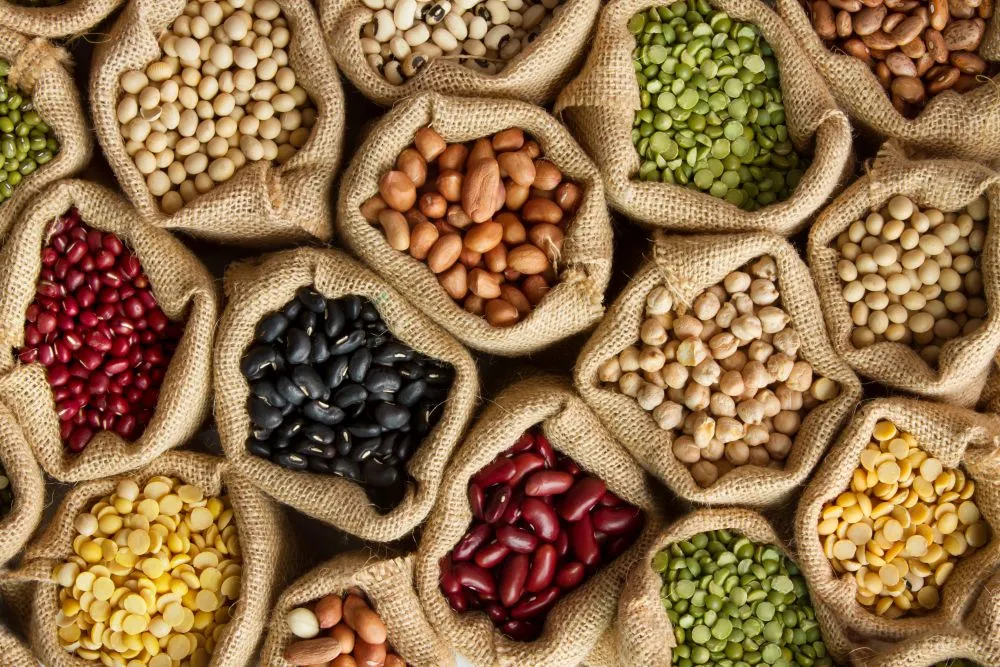

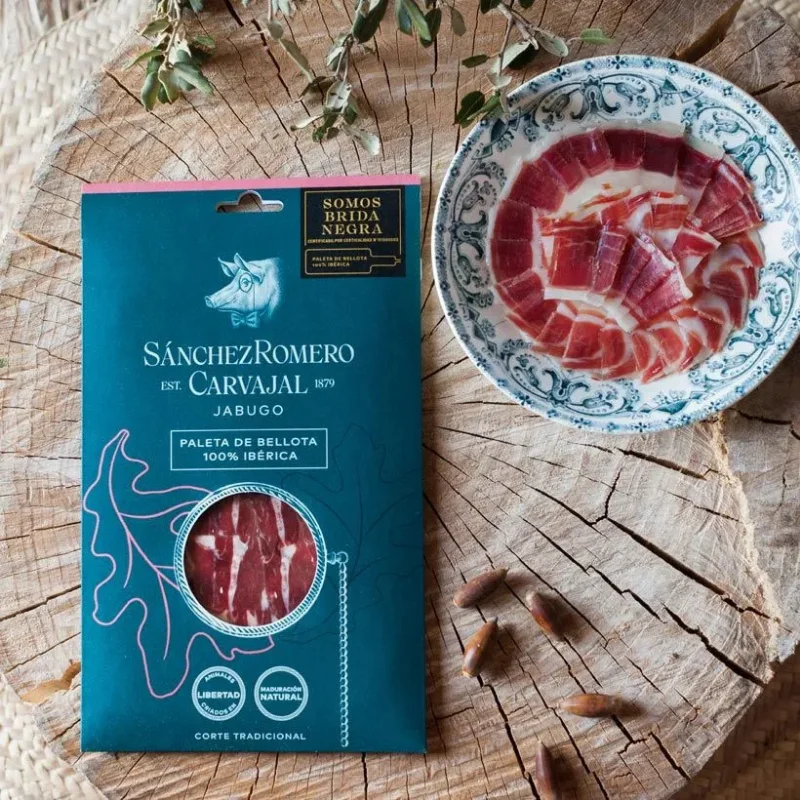
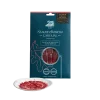
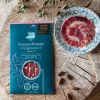

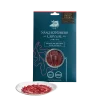
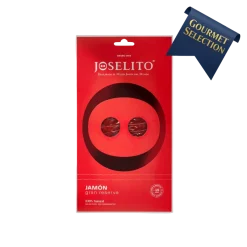
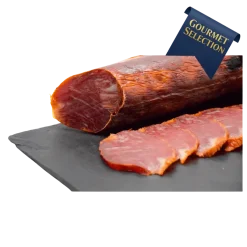
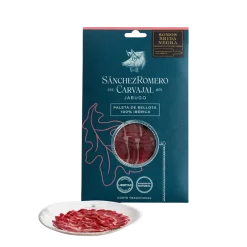
Reviews
There are no reviews yet.